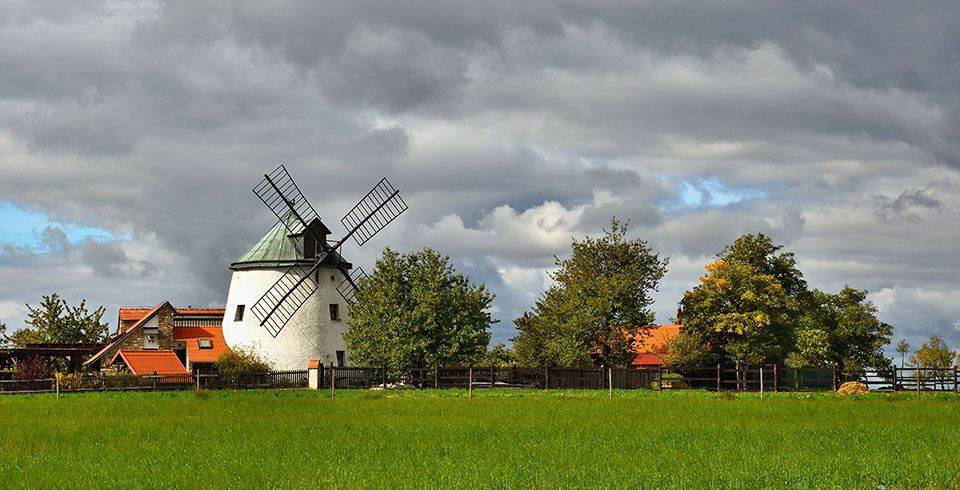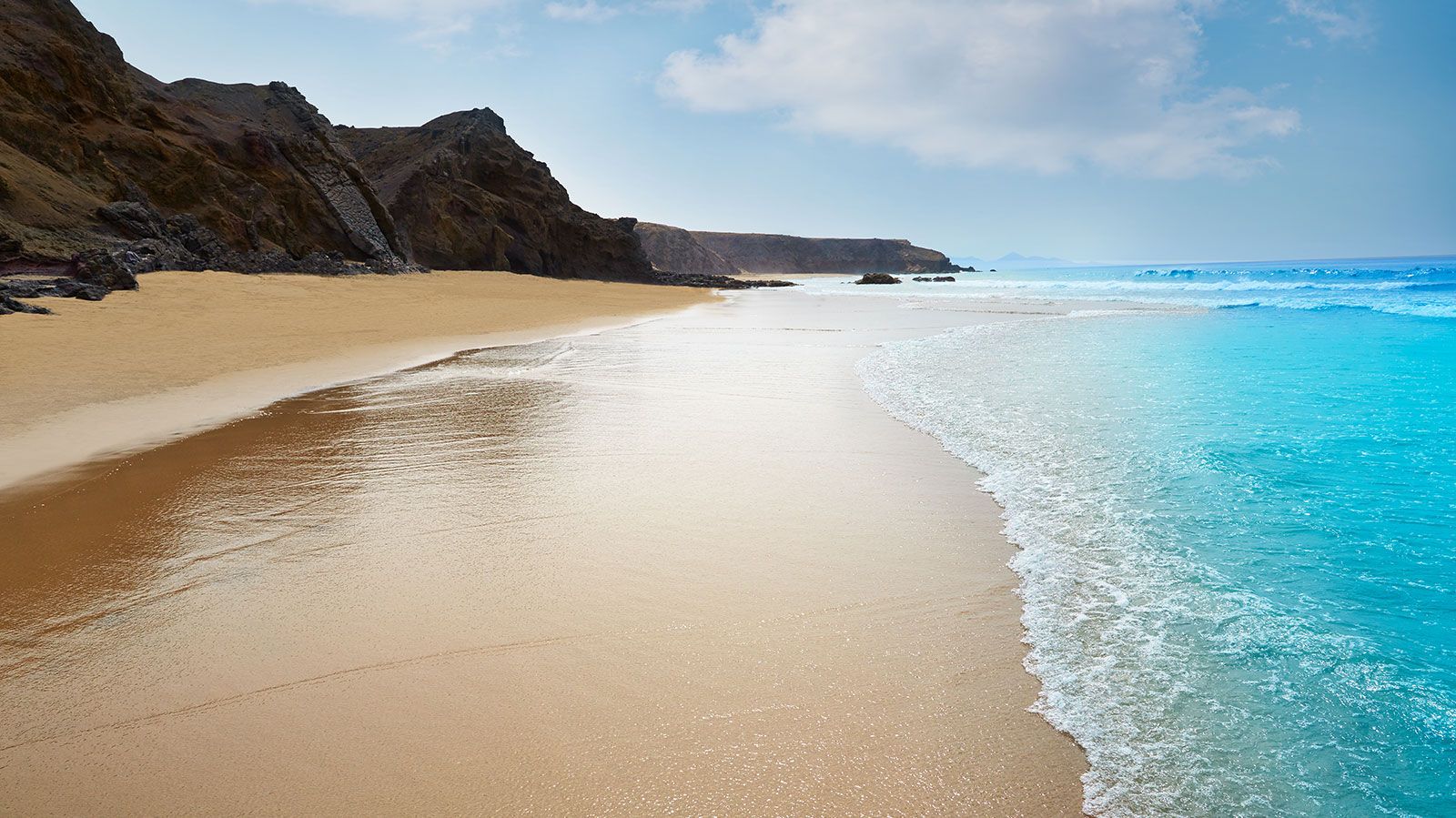Netherlands have changed their ways of production and consumption in order to address the current global challenges is growing day by day. The country is a small heavily populated country that recovers land from the sea, and more than 60% of household waste is sorted, collected, and recycled.
The four countries of the Kingdom of the Netherlands (Aruba, Curaçao, the Netherlands and St Maarten) joint together the United Nations High-Level Political Forum on Sustainable Development and all of them are committed to the 2030 Agenda for Sustainable Development as a whole and to achieving the 17 Sustainable Development Goals.
Facing overtourism in several areas, achieving sustainability in tourism is a priority for the Netherlands government. One of their key actions is to spread tourism throughout the country away from more touristic places, as well as encouraging near-by tourism for local people.
Why is sustainability in tourism important?
Sustainable development is very important for public spaces, but also for the sustainability of accommodation providers. Public places within destinations – such as coastal areas with their parks, dunes, etc – must also fulfill quality criteria, such as parking space and accessibility. Even many tourism professionals and travelers still believe that sustainability threatens quality, the opportunity is to find the right balance between hospitality and sustainability.
Here are a few examples of sustainability.

Transportation, energy and buildings in the Netherlands
Holland has led the world in new innovations and policies that strive to increase sustainability. The combined efforts in transportation, energy, and industry, the Netherlands’ sustainable infrastructure serves to reduce the country’s carbon footprint. The country provides companies with renewable resources and people with an eco-friendly place to live.
The Netherlands is the country where passenger trains are powered by wind energy, groceries can be delivered by all-electric vans, and where people cycle over solar bike lanes and have more bikes than cars.
Anyone who’s not riding a bike is likely to be walking, or getting around by tram. You can easily rent bikes from many places and the city’s public transportation is easy to use and efficient.
Through public and private partnerships and government initiatives, Holland has implemented some of the world’s most sustainable modes of transport examples like Europe’s largest port, Port of Rotterdam, the second-best connected airport in the world, Amsterdam Airport Schiphol.
The Port of Rotterdam is in the process of building a waste-to-chemistry plant that will convert up to 360,000 tons of waste into 220,000 tons of green methanol. This will be the first facility of its kind in Europe and it will eliminate over 300,000 tons of CO2 emissions.
Holland is home to more bikes than people and it is one of the most successful cycling nations in the world, committed to providing 100% emissions-free busses by 2025 and removing all gas and diesel vehicles from the road by 2030, positioning the country as a leader in sustainable regional and urban ground transport.
Many hotels have signed up to the sustainable operations agreements, which provide for becoming more energy efficient in all areas of operation, conserving water, decreasing the amount of unsorted waste, and more.

Spreading tourism more
The government wants to persuade tourists to come to the Netherlands during the off-peak season and to go to less-visited regions and attract more business tourists in other parts of the Netherlands to profit from the increasing numbers of visitors.
The Netherlands has committed to the Sustainable Development Goals of the United Nations, as well as to the Paris Agreement on climate change.
Netherland’s innovative initiatives from citizens and entrepreneurs are boosting sustainability and drive down the costs of eco-friendly alternatives to traditional practices.
Insufficient focus on sustainability by the financial sector impacts the long-term sustainability of the financial system in the Netherlands. It is therefore good that increasing attention is being given to sustainability in both the demand for and the supply of financial products and services.
Agriculture industry is expanding in the Netherlands
Dutch agriculture is a major player globally and it is currently the biggest exporter of agricultural goods after the United States.
Even it ranks among the smallest countries in Europe, the Netherlands is a world leader in farming and exports for agricultural products.
With a National Environmental Policy Plan in place for more than 20 years, the Netherlands has a commitment to sustainability. The country continually strives to stimulate renewable energy innovation and leads efforts in emission-free mass transport.
Today, sustainability has massive media coverage and huge public interest, for that finding ways to operate in a responsible manner is becoming increasingly important.
Want to find more sustainable destinations? Check our other posts.

























